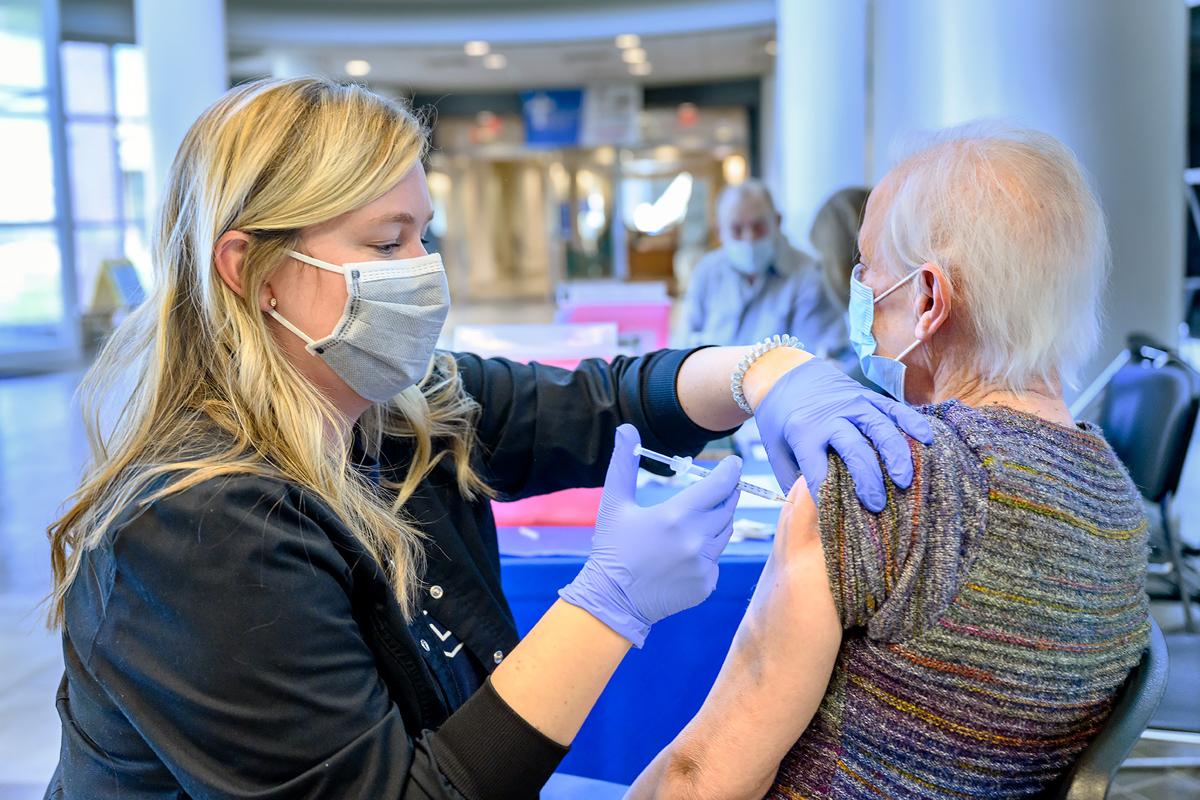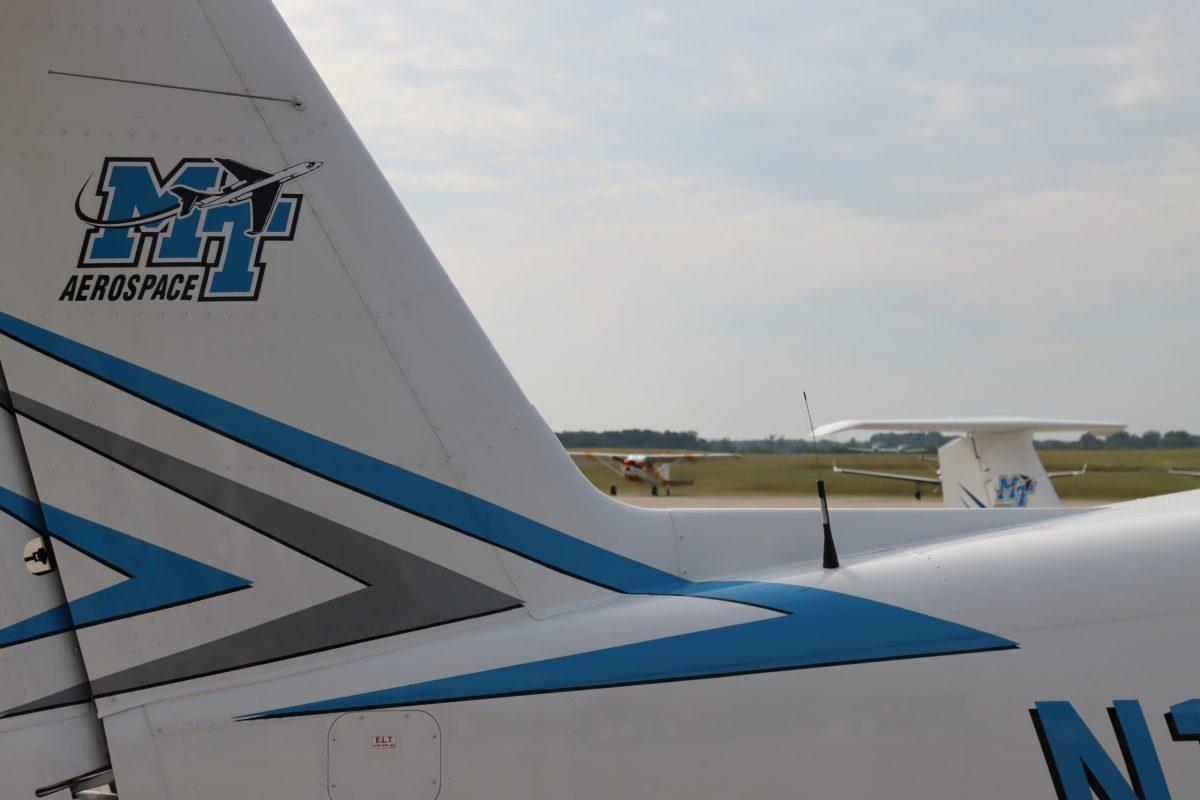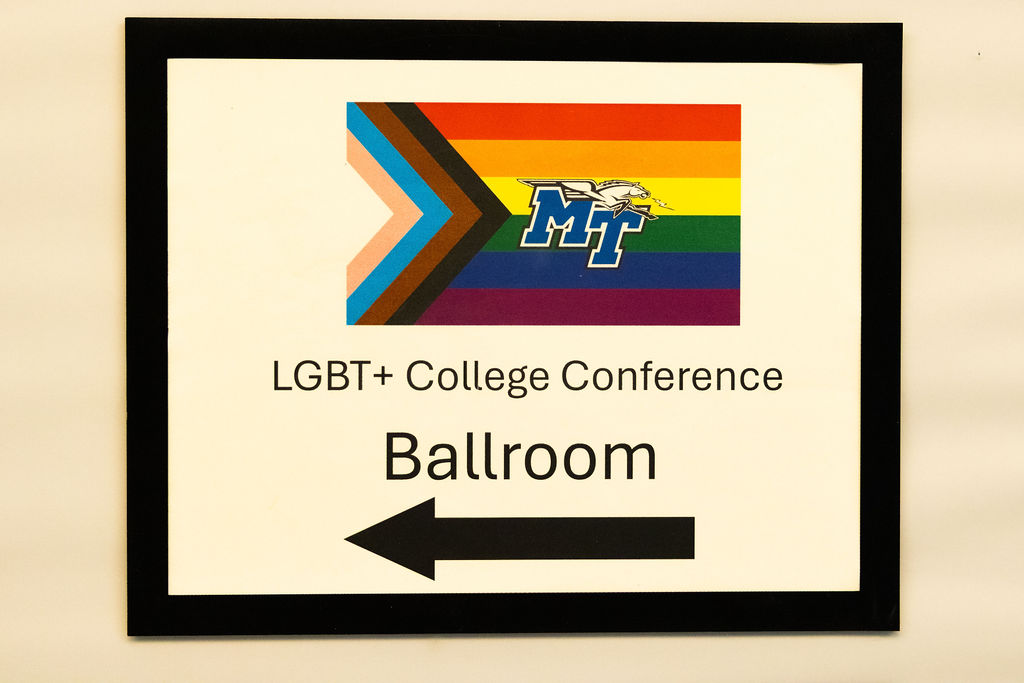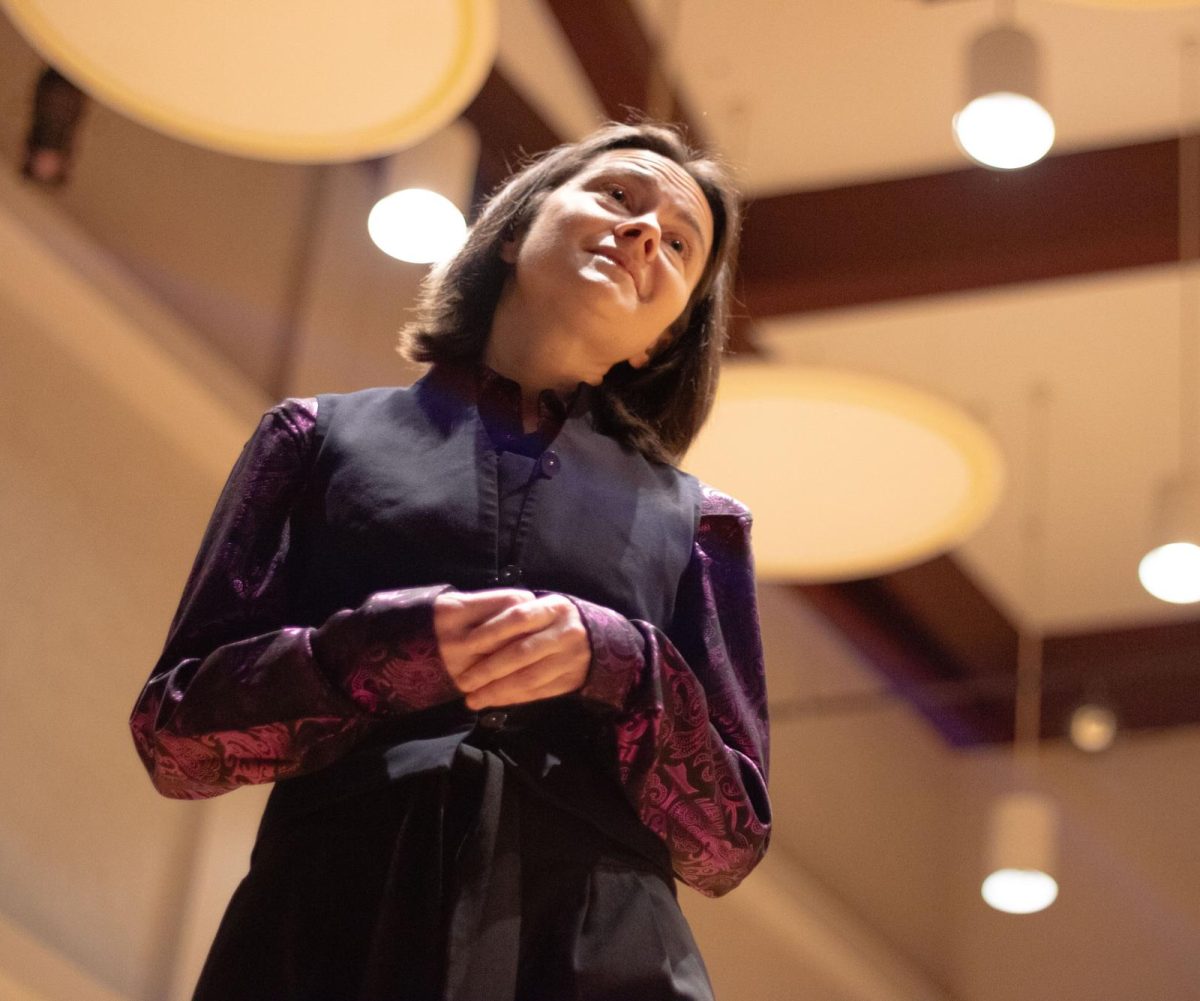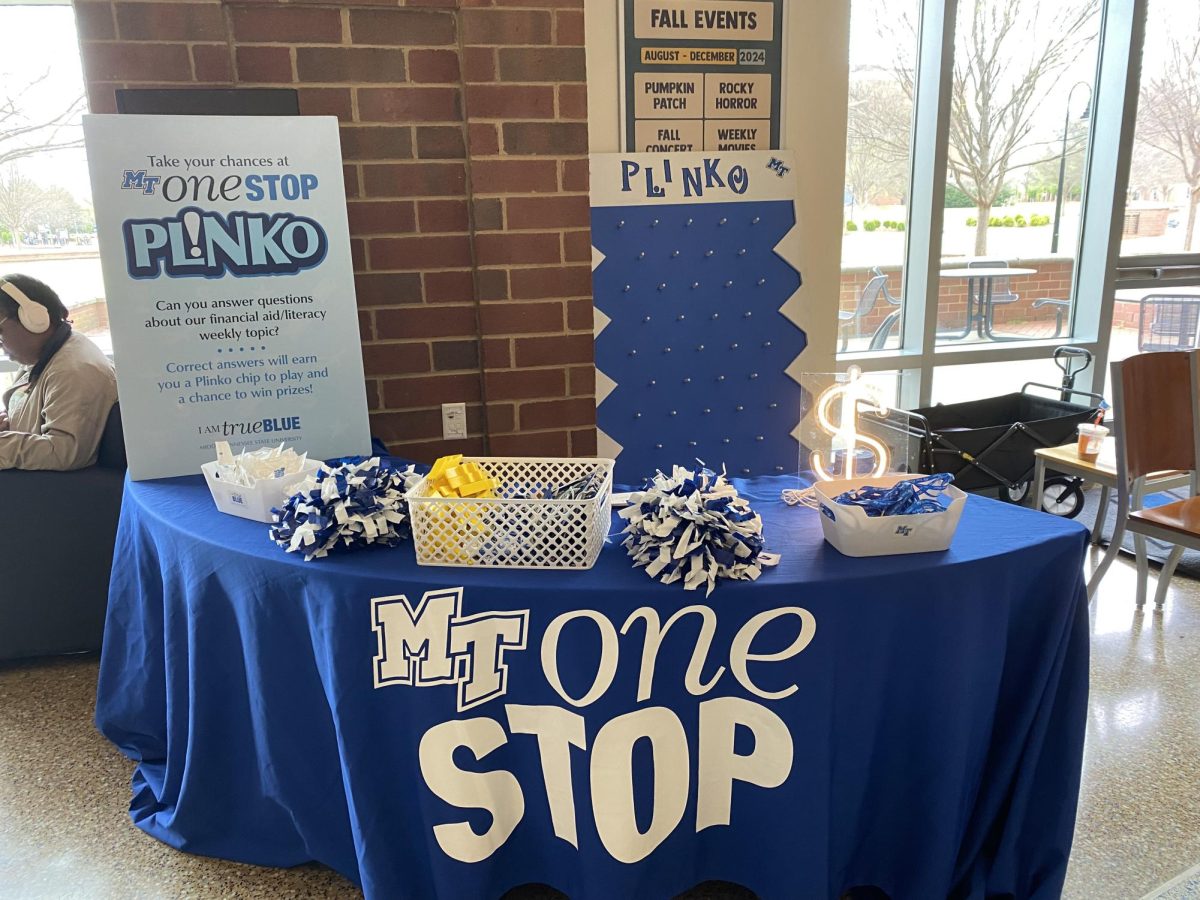Assistant Professor of Biology Dr. Drew Sieg introduced his audience to a rich medical history of global plant usage in From Ethnobotany to Natural Products Chemistry: Using Native American Folklore as a Source for New Medicines as part of the weekly Honors Lecture Series on Monday afternoon.
The presentation delved into various flora and fauna combined to create medicines throughout history. Similar species of plants are used across cultures and continents to treat both human and animal ailments.
Tonics and other locally manufactured remedies were displayed alongside Sieg’s discussion. Oral histories within indigenous communities hold valuable cultural and scientific information that could expound our knowledge of medicine and health. Cultural relevance is secondary to most businesses selling “natural” products like Echinacea extract or lotion made from wildflowers. According to Sieg’s research, 48 percent of natural product brands contain the incorrect species of plant they use to promote a product.
Recipes and procedures for producing remedies vary and are well respected by historically indigenous communities. However, without written record of preparation or usage, these alternative medicines lose scientific footing under the eye of public opinion.
Dr. Sieg mentioned in length the placebo effect and some of the ways perceptions of alternative medicine have been created. Western Medicine reduces the causes of an illness to a treatable level whereas Indigenous communities identify the complexity of an ailment and then intuitively prescribe a method of healing. Speaking with a physician as a counselor, rather than as an authority, is a shift in title appropriation because those roles have different meanings. Our expectations of that physician or more simply, the method or substance they prescribe to heal, play an illusive role in their ability to heal us.
Whether it’s for a mental ailment or physical ones, most of the time we find that the medication that is prescribed to us helps us to get back on track to full health. But what would happen if they didn’t work? Most people will decide to have a look at the vast array of alternative medicines and treatments, such as CBD oil, that you can find at places similar to Blessed CBD to help treat their problem instead. There shouldn’t be any right or wrong answers when it comes to treating an ailment and you should do what is best for you. And Dr. Sieg tried to make this absolutely clear.
Dr. Sieg concluded his presentation by taking questions and discussing aspects of public perception, be it towards full spectrum CBD oil or other products. The holistic approach is well supported with anecdotal evidence yet lacks the necessary research and popularity in order to be readily accepted. 80% of plant species on the Earth haven’t been screened for medicinal or ecological bioactivity. With enough attention and support, screening a seemingly endless planet of vegetation for medical research might be accomplished.
The lecture series continues Feb. 16 with Dr. Tom Strawman’s Beyond the Human/Non-Human Binary: Cultivating Ecological Imagination in Louise Erdrich’s The Last Report on the Miracles at Little No Horse
For more updates on the honors lecture series, follow us at www.mtsusidelines.com, on Facebook at MTSU Sidelines, and on Twitter at @Sidelines_News
To contact news editor Meagan White, email newseditor@mtsusidelines.com



